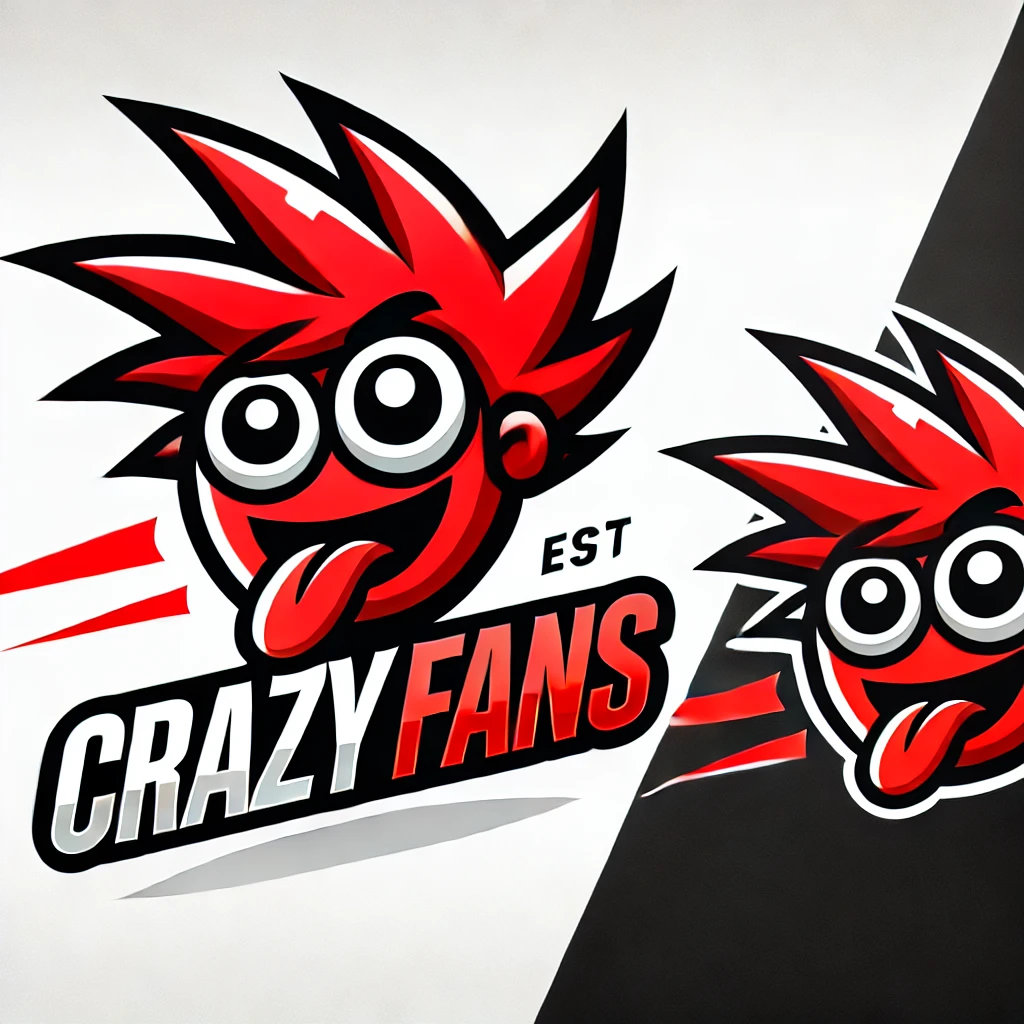ChatGPT has evolved through several versions, each with improvements in capabilities, understanding, and user experience.
Here’s a breakdown of the main versions and their differences:
1. GPT-1 (2018)
Key Focus: Language model pre-training.
Size: 117 million parameters.
Limitations: Basic language generation without fine-tuning for specific tasks.
Use Case: More of a proof-of-concept, showing that large-scale language models can predict words in sequence with reasonable accuracy.
2. GPT-2 (2019)
Key Focus: Larger-scale model with significant improvements in text generation.
Size: 1.5 billion parameters (10x larger than GPT-1).
Capabilities: Better at generating coherent, multi-paragraph texts. It demonstrated advanced capabilities like understanding context, summarization, and answering questions.
Limitations: Still prone to generating false or misleading information; not specialized in following user instructions precisely.
Impact: GPT-2’s release was staggered due to concerns over misuse.
3. GPT-3 (2020)
Key Focus: State-of-the-art natural language understanding and generation.
Size: 175 billion parameters (100x larger than GPT-2).
Capabilities:
Few-shot learning: GPT-3 can perform tasks with minimal examples.
Generates highly coherent, human-like text.
Can perform many tasks like translation, summarization, creative writing, coding, etc.
Can answer questions, complete sentences, and handle more complex instructions.
Limitations: Still prone to factual inaccuracies, occasional inconsistency in complex reasoning, and difficulty with very niche or highly technical topics.
4. ChatGPT (Based on GPT-3.5, March 2023)
Key Focus: More user-friendly, conversational version of GPT-3.
Capabilities:
Trained more on dialogue and conversations.
Better at understanding and remembering context across conversations.
Refined instructions-following, improved conversation fluidity.
Limitations: Still limited in deep reasoning, struggles with complex multi-turn conversations, and lacks real-time browsing or access to recent information (up until its knowledge cutoff date).
5. GPT-4 (Released in March 2024)
Key Focus: Multimodal, advanced reasoning, and improved conversational abilities.
Capabilities:
Multimodal: Can process both text and image inputs, making it useful for image analysis, visual content creation, and descriptions.
More accurate reasoning: Improved logical reasoning, problem-solving, and handling of complex tasks.
Fewer factual errors: GPT-4 is better at providing reliable information, though not perfect.
Longer memory: Can handle longer conversations and more complex dialogue structures, better tracking of context across multiple exchanges.
Limitations: Still does not have live access to information after the model’s cutoff, and may not always be aware of events after September 2023.
Differences in Key Areas:
Model Size: Each version has larger model sizes, improving the complexity and depth of language generation.
Multimodal Abilities: GPT-4 is the first version to accept both text and images, enhancing its versatility.
Instruction Following: GPT-3.5 and GPT-4 have vastly improved ability to follow user instructions compared to GPT-2.
Reasoning and Memory: GPT-4 shows significant improvements in reasoning and holding context across long interactions.
Practical Use: GPT-4 is better suited for more nuanced and professional tasks, including coding, content creation, and complex problem-solving.
Each version represents a major leap forward, with GPT-4 offering the most sophisticated capabilities so far.




GIPHY App Key not set. Please check settings